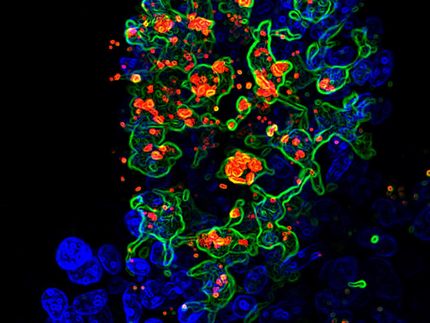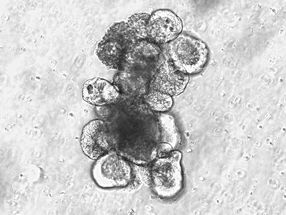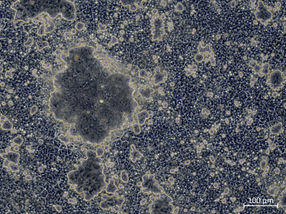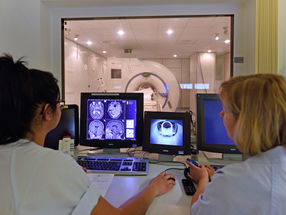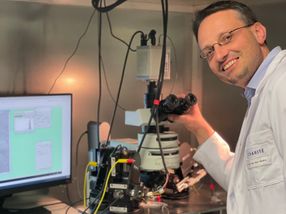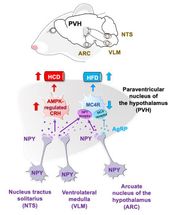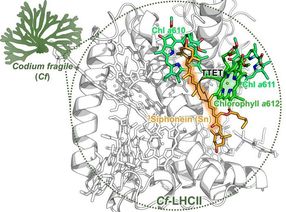MIT neuroengineers silence brain cells with multiple colors of light
New tools show potential for treating brain disorders
Advertisement
Neuroscientists at MIT have developed a powerful new class of tools to reversibly shut down brain activity using different colors of light. When targeted to specific neurons, these tools could potentially lead to new treatments for the abnormal brain activity associated with disorders such as chronic pain, epilepsy, brain injury, and Parkinson's disease. The tools work on the principle that such disorders might be best treated by silencing, rather than stimulating, brain activity. These "super silencers" exert exquisite control over the timing of the shutdown of overactive neural circuits – an effect that's impossible with existing drugs or other conventional therapies.
"Silencing different sets of neurons with different colors of light allows us to understand how they work together to implement brain functions," explains Ed Boyden, senior author of the study in Nature . "Using these new tools, we can look at two neural pathways and study how they compute together. These tools will help us understand how to control neural circuits, leading to new understandings and treatments for brain disorders – some of the biggest unmet medical needs in the world." Boyden is the Benesse Career Development Professor in the MIT Media Lab and an associate member of the McGovern Institute for Brain Research at MIT.
Boyden's super silencers are developed from two genes found in different natural organisms such as bacteria and fungi. These genes, called Arch and Mac, encode for light-activated proteins that help the organisms make energy. When neurons are engineered to express Arch and Mac, researchers can inhibit their activity by shining light on them. Light activates the proteins, which lowers the voltage in the neurons and safely and effectively prevents them from firing. In this way, light can bathe the entire brain and selectively affect only those neurons sensitized to specific colors of light. Neurons engineered to express Arch are specifically silenced by yellow light, while those expressing Mac are silenced by blue light.
"In this way the brain can be programmed with different colors of light to identify and possibly correct the corrupted neural computations that lead to disease," explains co-author Brian Chow, postdoctoral associate in Boyden's lab.
Original publication: Chow BY, Han X, Dobry AS, Qian X, Chuong AS, Li M, Henninger MA, Belfort GM, Lin Y, Monahan PE, Boyden ES; "High-Performance Genetically-Targetable Optical Neural Silencing by Light-Driven Proton Pumps."; Nature 2010.



